Pests love the tough, upright leaves of snake plants because the thick tissue stores water and sugars—perfect for sap-sucking insects like mealybugs and scale. The good news: both are beatable with a consistent routine. Here’s how to confirm what you’re facing, clean the plant, treat it safely, and stop the cycle.
1) Spot the difference: mealybugs vs scale
Mealybugs
- Look like white, cottony dots in leaf crannies, along the leaf edge (margin), and at the base.
- Soft-bodied; wipe off easily with alcohol on a cotton swab.
- Leave behind sticky honeydew.
Scale insects
- Look like flat, oval bumps—tan, brown, or black—stuck to the leaf.
- Hard shell; won’t wipe off like dust.
- Also produce honeydew; heavy cases may look sooty.
Shared signs
- Sticky leaves or floor near the pot.
- Ants visiting (they farm honeydew).
- Slow growth and yellowing patches.
2) Quarantine and prep
- Move the plant away from others for 2 weeks.
- Gather supplies: 70% isopropyl alcohol, cotton swabs/pads, mild insecticidal soap, horticultural/neem oil (houseplant-safe), soft cloth, gloves, and a small brush or old toothbrush.
Tip: Work over a sink or tub so you can rinse safely.
3) Day 1 deep clean (the crucial first step)
- Dry wipe: Remove dust and loose debris with a soft cloth.
- Alcohol swab: Dip a cotton swab in 70% isopropyl alcohol and dab each mealybug until it dissolves. For scale, gently lift edges with the swab or a fingernail; alcohol loosens their grip.
- Soap rinse: Mix insecticidal soap per label (or mild dish soap: ½ tsp per 1 cup water). Wipe or lightly spray both sides of leaves, especially creases at the base.
- Rinse: After 5–10 minutes, rinse leaves with lukewarm water to remove soap and residue.
- Dry: Let the plant air-dry in bright, indirect light with gentle airflow.
4) 3-week treatment plan (break the life cycle)
Week 1 (Day 3–4): Oil spray
-
Apply horticultural oil or neem oil per label. Coat leaf surfaces, edges, bases, and any spots you can’t reach with swabs. Oils smother eggs and tiny crawlers.
Week 2: Soap again
-
Repeat a thorough insecticidal soap wipe/spray. Focus on leaf bases and between tight leaves where pests hide.
Week 3: Oil again
-
Reapply oil. Most failures happen because people stop after one round—stick to the schedule.
Safety tips
- Spray in the evening or out of direct sun to avoid leaf spotting.
- Avoid applying oil within 24 hours of a strong soap treatment.
- Always test a small patch first if your plant is in very bright light or heat.
5) Heavy infestations: when to prune or separate
- Remove worst leaves: If a leaf is covered and weakening, cut it at the soil line (snake plants don’t heal leaf halves well).
- Separate pups: If side shoots (pups) look clean, you can divide and pot them separately to save healthy parts.
- Disposal: Seal removed material in a bag—don’t compost indoors.
6) Ongoing monitoring (the make-or-break step)
- Every 3–4 days: Use a flashlight to check leaf bases and seams.
- Sticky check: If you feel tackiness returning, repeat the soap step immediately.
- Ant patrol: Ants mean fresh honeydew; continue treatment.
- 2 weeks pest-free after the last treatment before you rejoin the plant with others.
7) Why they came (and how to prevent a comeback)
- New plant hitchhikers: Always quarantine newcomers for 10–14 days.
- Crowded displays: Tight clusters reduce airflow—space plants out a bit.
- Dusty leaves: Clean monthly; mites and mealybugs love dusty surfaces.
- Overfertilising: Too much feed creates soft, sappy growth. Use ¼ strength during active seasons only.
- Honeydew cleanup: Wipe sticky surfaces around the pot so ants don’t bring pests back.
8) Are chemical sprays necessary?
Most snake plant cases resolve with alcohol + soap + oil cycles and better hygiene. If an infestation persists, a houseplant-labelled systemic can work, but many indoor growers prefer to avoid it around kids and pets. If you use any pesticide, follow labels exactly, ventilate well, and consider moving the plant outdoors briefly for treatment (weather permitting).
9) Quick reference checklist (screenshot this)
- ✅ Identify: white cotton (mealy) or stuck bumps (scale)
- ✅ Quarantine immediately
- ✅ Day 1: alcohol dab → soap wipe → rinse → dry
- ✅ Week 1: oil; Week 2: soap; Week 3: oil
- ✅ Inspect with flashlight every 3–4 days
- ✅ Clean dust monthly; avoid overfeeding
- ✅ Quarantine new plants 10–14 days
FAQs
Is rubbing alcohol safe for snake plants?
Yes—spot dabbing with 70% isopropyl on pests is safe. Avoid soaking the whole plant in alcohol; wipe or rinse after.
Will mealybugs or scale spread to other plants?
They can. That’s why quarantine and regular checks are essential.
Do I need to repot after pests?
Not usually. Repot only if the soil is hydrophobic, compacted, or if you see pests hiding at the base and you can’t reach them.
Can I just use neem once and stop?
One treatment rarely ends an infestation. Follow the 3-week plan to catch new hatchlings.
Final takeaway
Mealybugs and scale are common, but you don’t need to panic—or nuke the plant. Quarantine, clean with alcohol, alternate soap and oil for three weeks, and keep leaves dust-free with good spacing and gentle airflow. Stay consistent, and your snake plant bold, architectural leaves will be clean, glossy, and pest-free again.





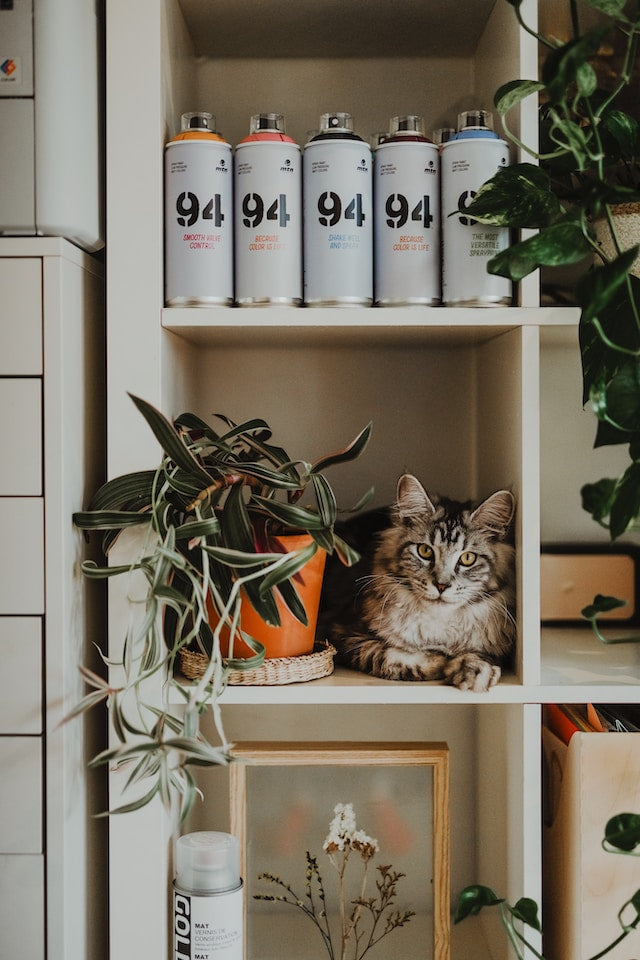
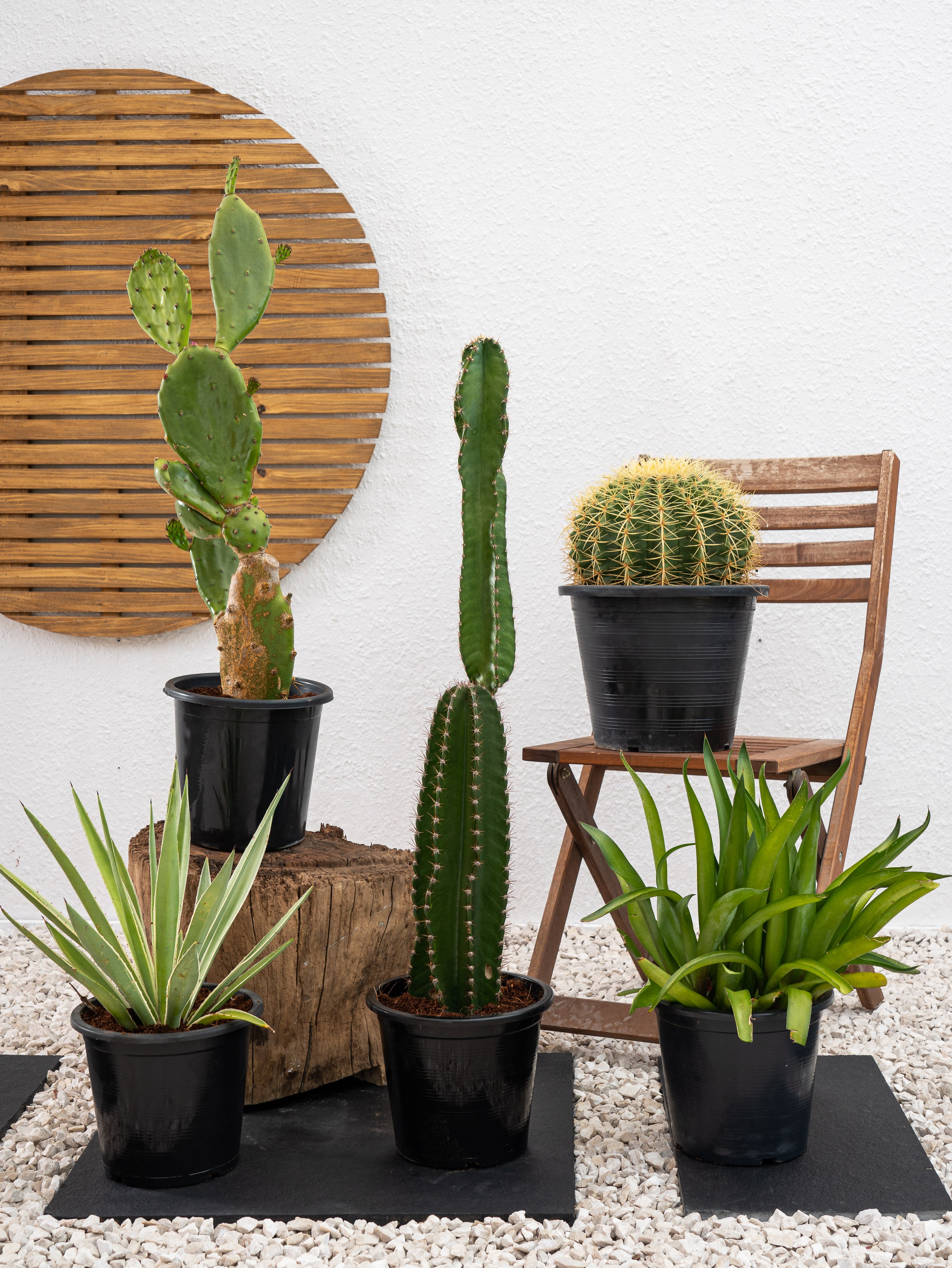

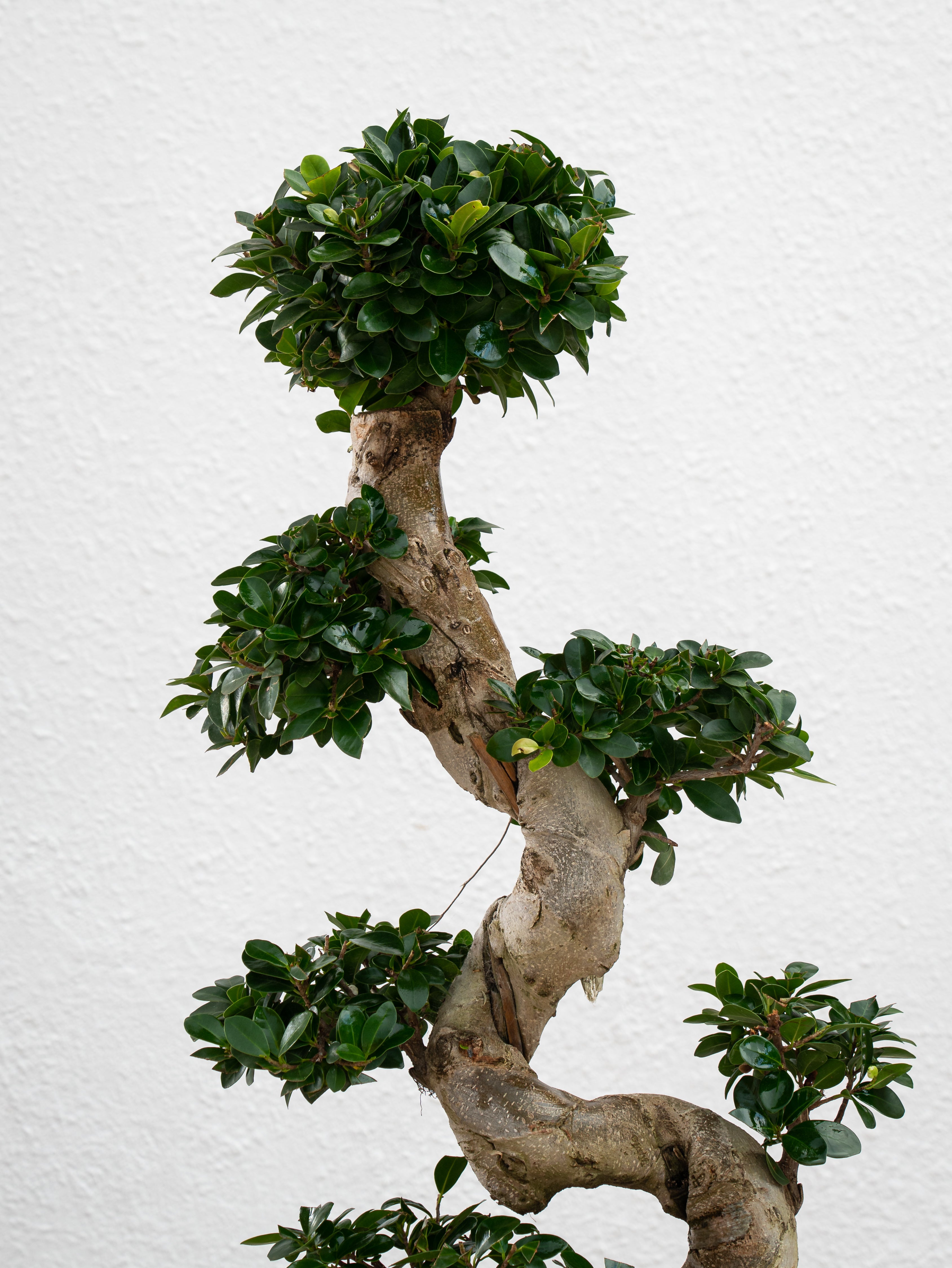
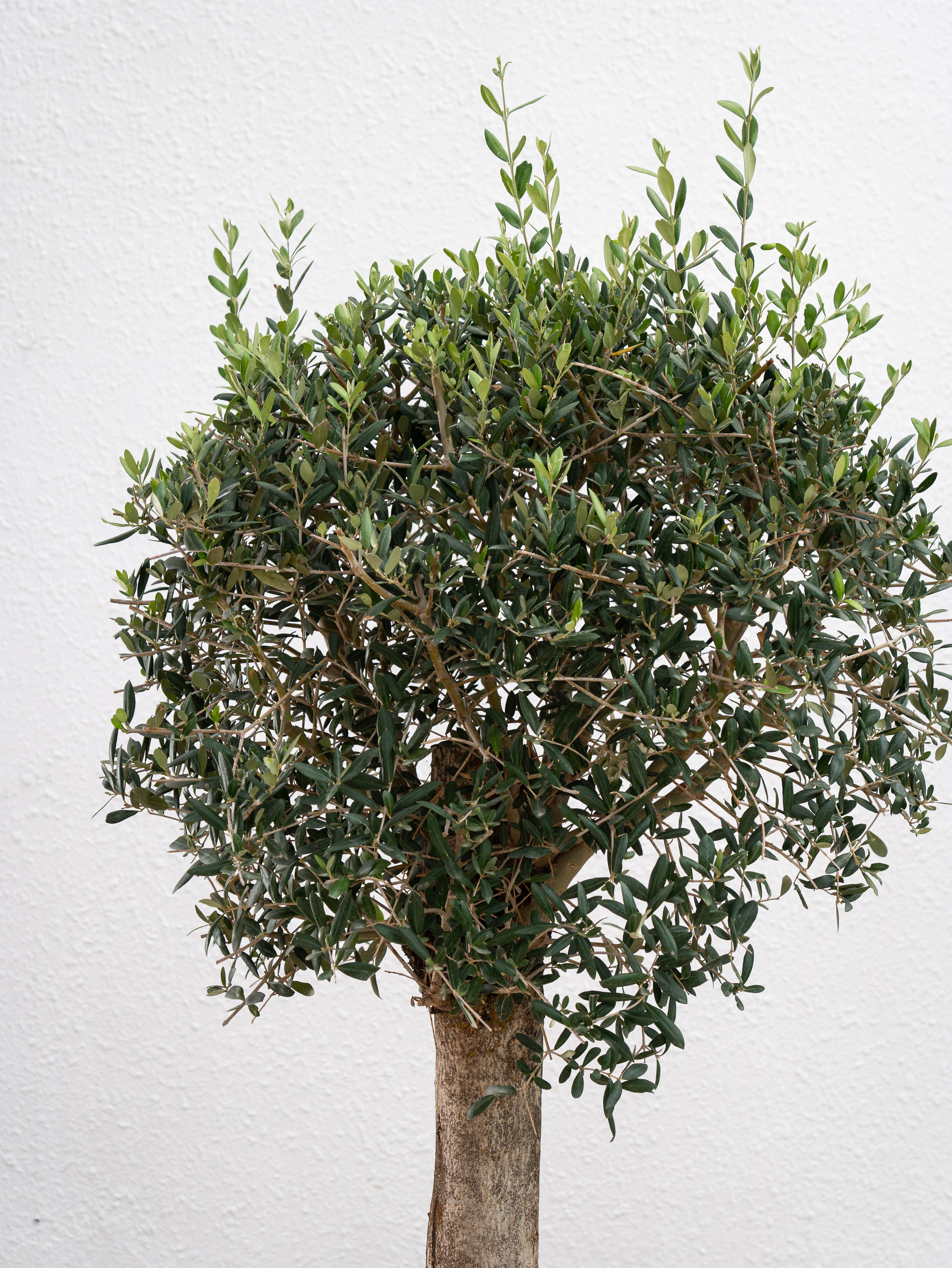



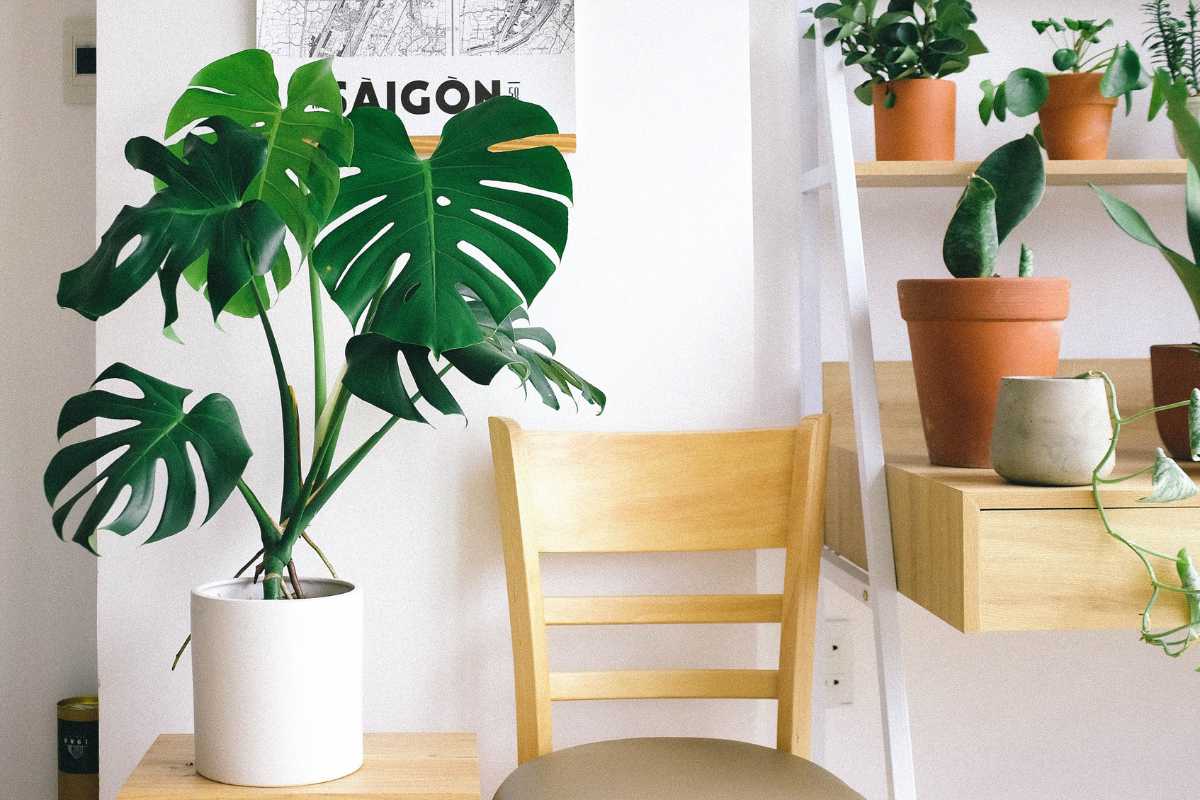
Leave a comment
This site is protected by hCaptcha and the hCaptcha Privacy Policy and Terms of Service apply.